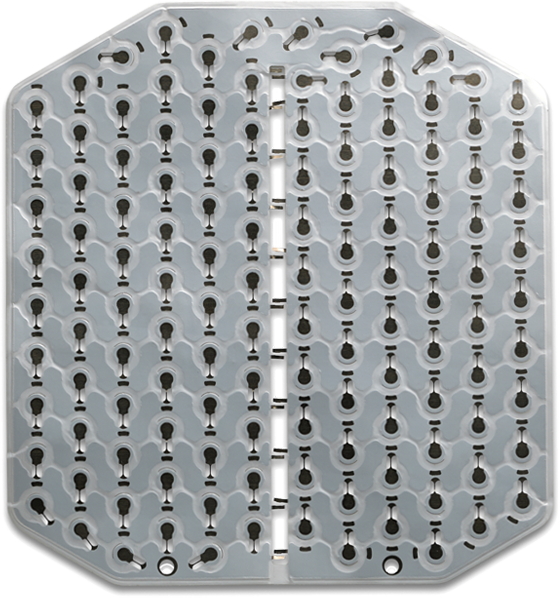Battery Pack Interconnect
The Ultimate Pack Wiring Solution
CelLink’s high-conductance circuits integrate busing, fusing, voltage monitoring,
and temperature monitoring wiring systems into a single circuit.
Circuit construction
A typical CelLink battery circuit construction might include:
- 50-125 µm thick flame-retardant PEN coverlay or FRB paper dielectric
- 100-1000 µm thick aluminum busing conductor(s)
- 70-125um thick aluminum cell contacting layer
- 50-125 µm thick flame-retardant PEN coverlay or FRB paper (optional)
